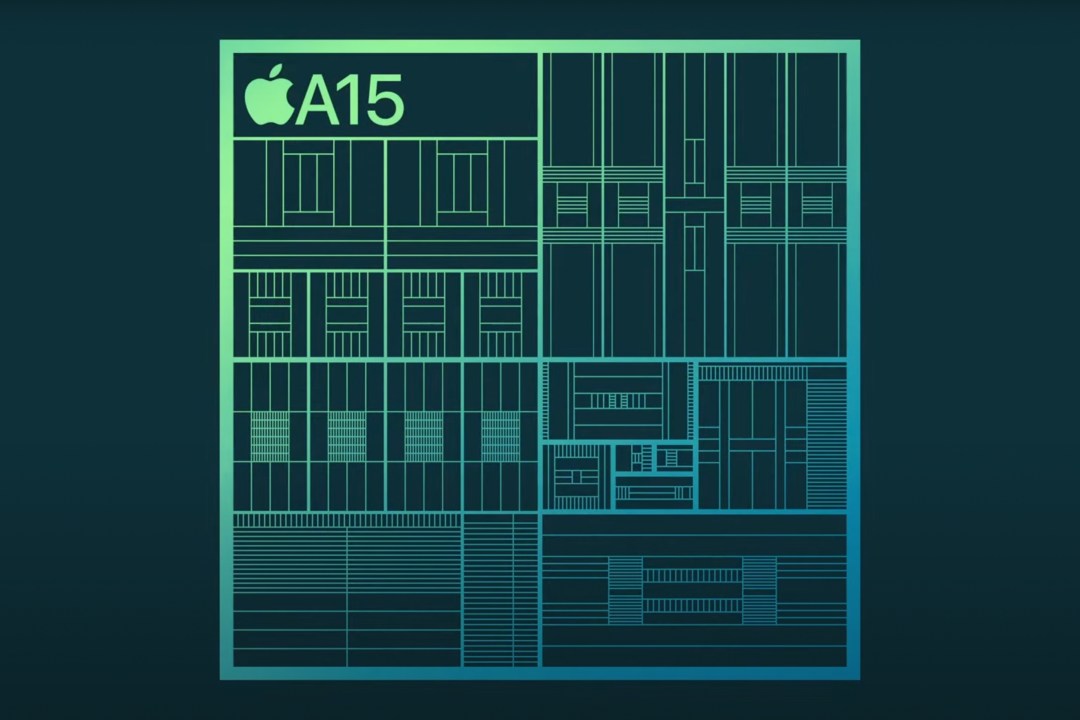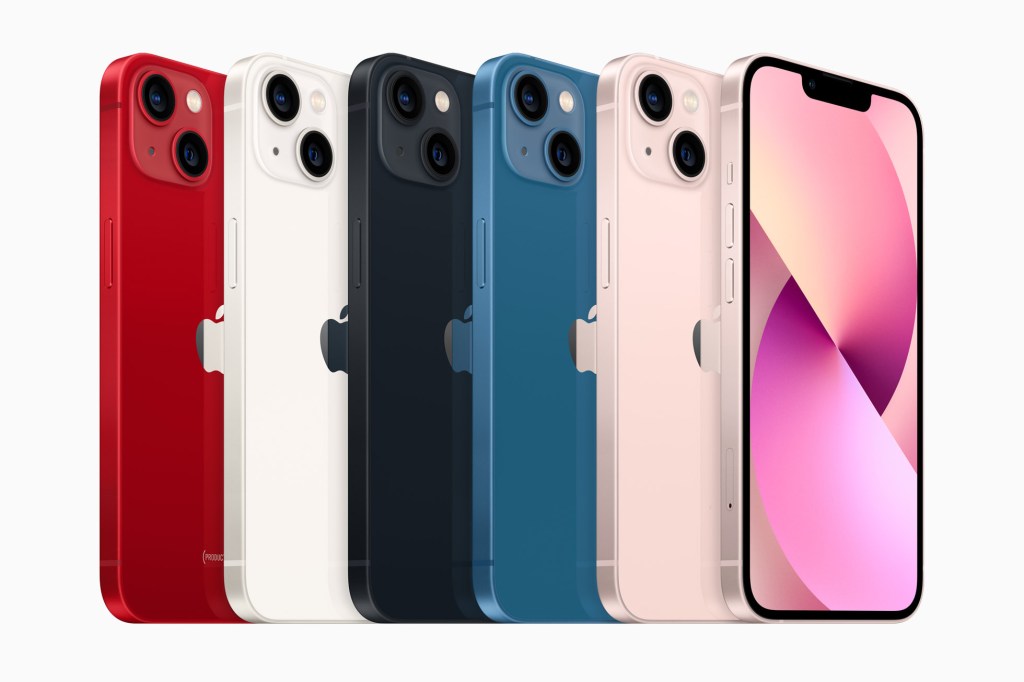An iPhone 14 with last year’s A15 chip wouldn’t be a bad phone – just a redundant one
Prepare for ‘bittersweet A16’ during the next iPhone refresh

Rumours abound about the next set of iPhones, due to rock up this September. We’re hearing claims about always-on displays, the eradication of the notch, a fancy new A16 chip, and enough megapixels on the snapper to capture a gnat’s bum at 50 paces. Well, if you go for a Pro model. If you fancy a plain old iPhone, the pickings are looking decidedly slimmer.
Aside from an unexciting (if welcome) RAM bump, it looks like the main change between the iPhone 13 and iPhone 14 will be Apple lobbing the Mini form factor into a ravine and replacing it with a Max. This would prove once and for all that people don’t want pocketable iPhones – or that iPhone users have comically big pockets. Either way: grumble. The iPhone Mini is great and I want it to stay.
Anyway. If this rumour turns into fact, it will be a first. To date, Apple has updated the chip across all new iPhones when a new range is announced. Last year, they all got an A15. The year before, an A14. And before that, an A13. You get the idea.
Does it matter if that’s no longer the case? Not in isolation. The A15 is more than what 99% of users need. It can scythe through 4K video edits and crunch through complex photography and audio work. It’s more than capable of dealing with handheld games. Dig into benchmarks and you’ll find it still comes out a generation ahead of the competition.
But that sounds like an excuse. It is an excuse. So we need to ask why Apple might make this decision and what the ramifications would be. Supply chains are one answer to Apple having half its iPhone range lag, but diversification and differentiation are more compelling reasons.
Chip off the old block

We’re at the point where the main thing that sets the iPhone Pro apart from its not-Pro cousin is the camera and – in the most recent generation – a ProMotion display. Adding raw power to the mix might urge more buyers to plump for a more expensive and profitable Pro model, making Apple’s accounts team do a happy dance.
There are dangers, though. Most obviously, it gives Android a year to catch up with Apple’s (cough) ‘mid range’ devices (which are priced closer to flagship Android blowers). Apple’s ginormous notches already look comical compared to comparatively sleek hole punch selfie cams on rival devices. Holding iPhones back further might lead to unwanted comparisons.
A bigger question, though, is what will be the point of the iPhone 14? I recently complained about the M2 MacBook Pro, which shoved a new chip into the previous generation’s shell. It’s an objectively solid laptop, but almost no-one should buy one. And the iPhone 14 looks set to lack even that level of distinction. If Apple uses September as an opportunity, lowering non-Pro iPhone prices and simplifying the line-up (no longer selling last year’s models alongside this year’s), things might be different; but, well, this is Apple.
My hope is there’s something compelling we don’t yet know – a surprise analysts and pundits haven’t heard about that Apple’s ready to pull from its pockets. Assuming there’s room. As we’ve ascertained, said pockets will be full of oversized iPhones – and that doesn’t leave much room for anything else.



